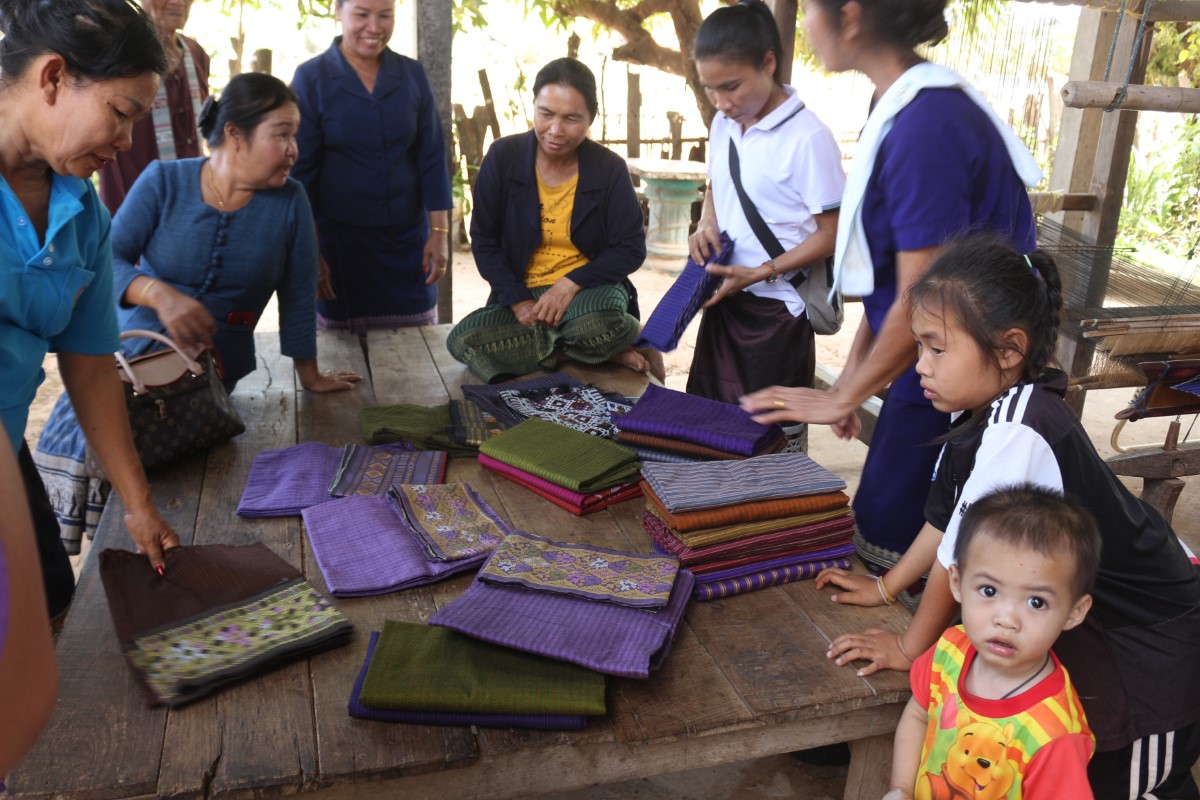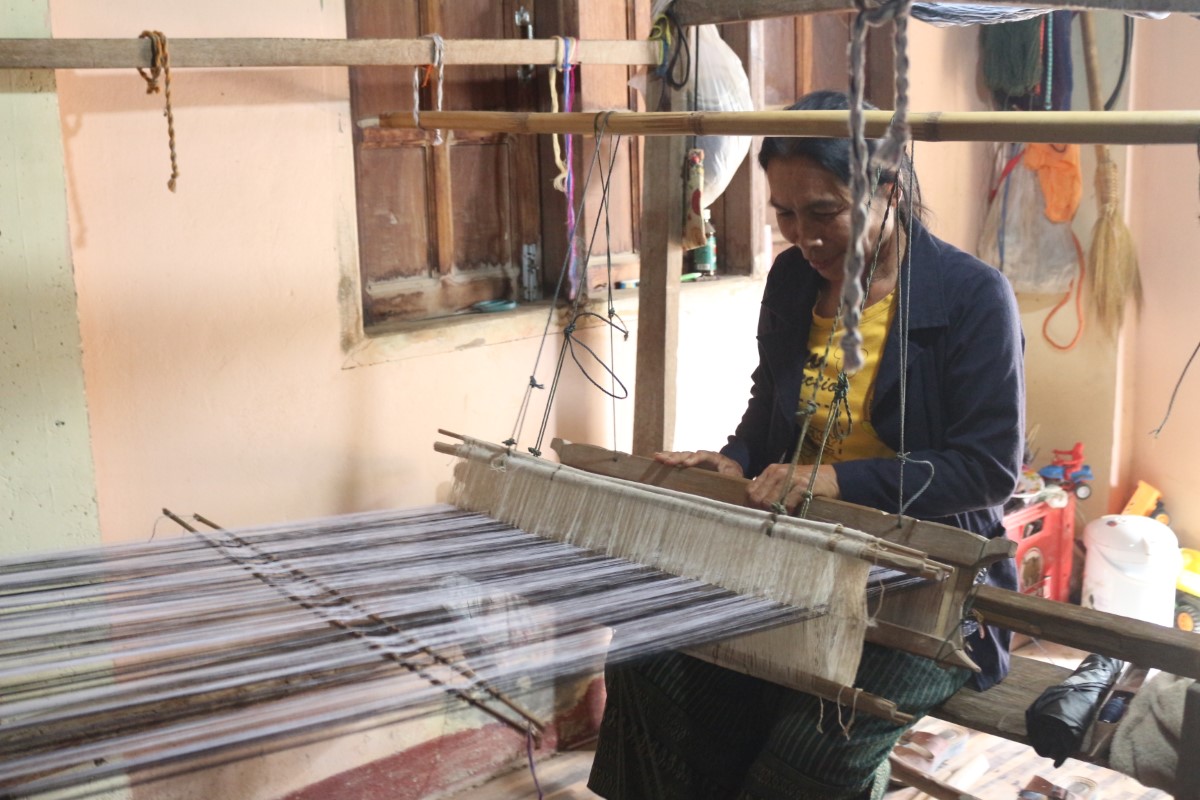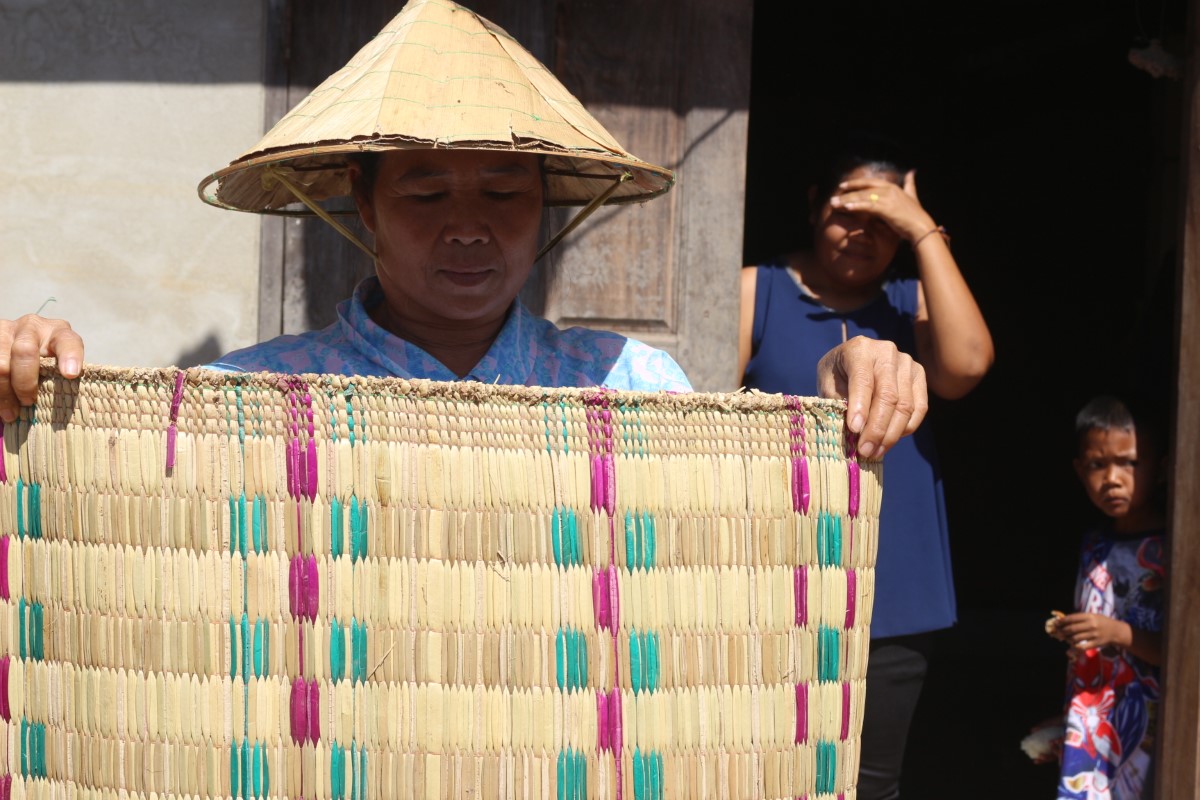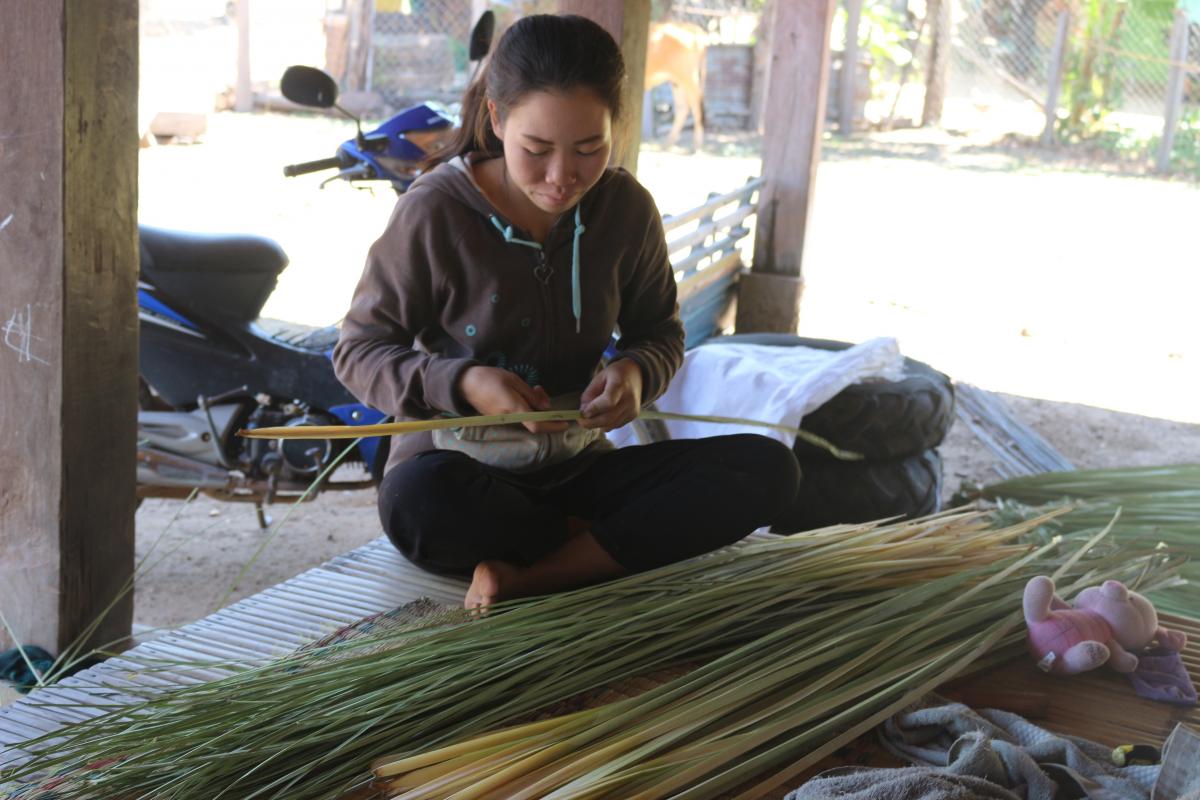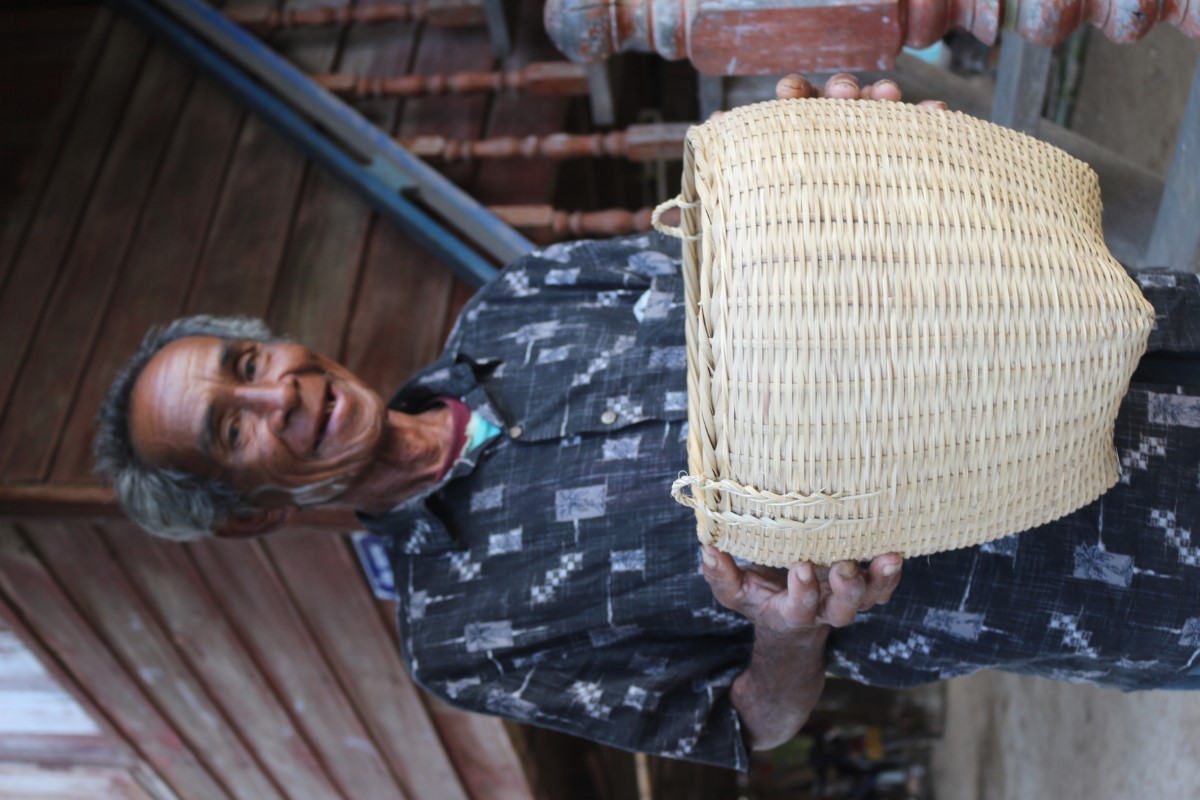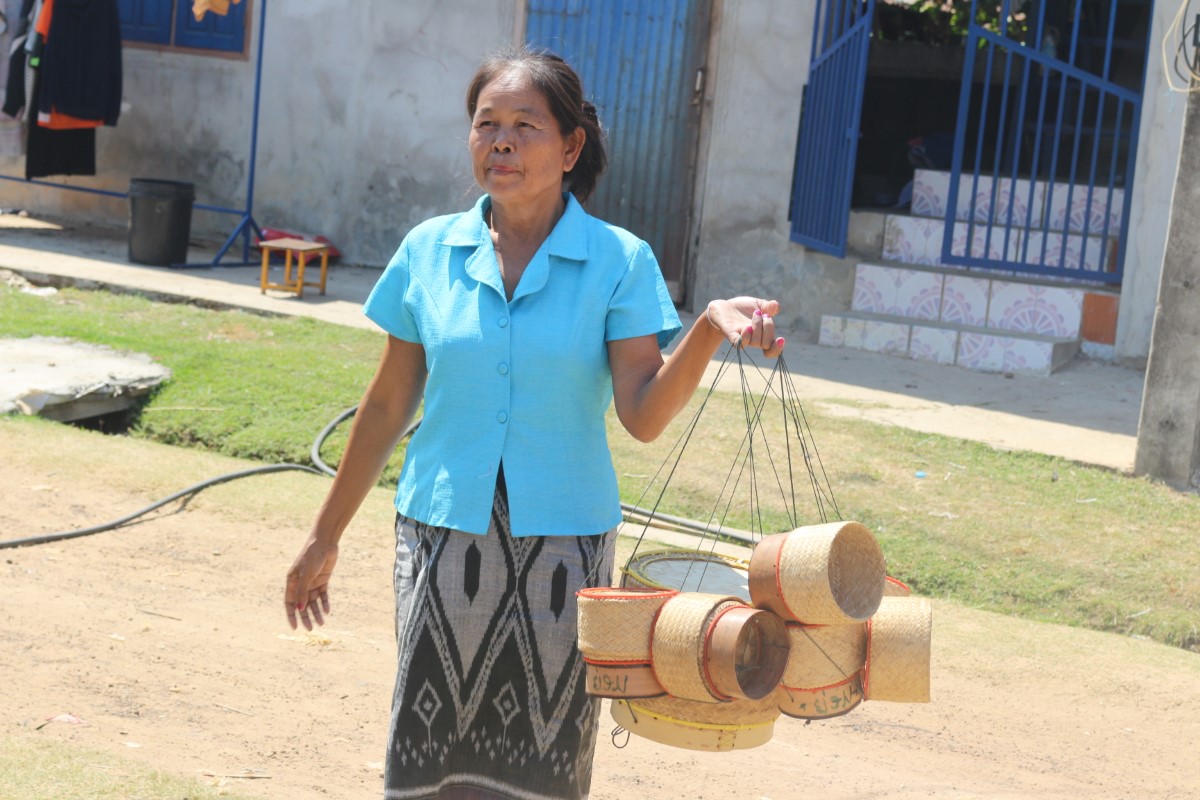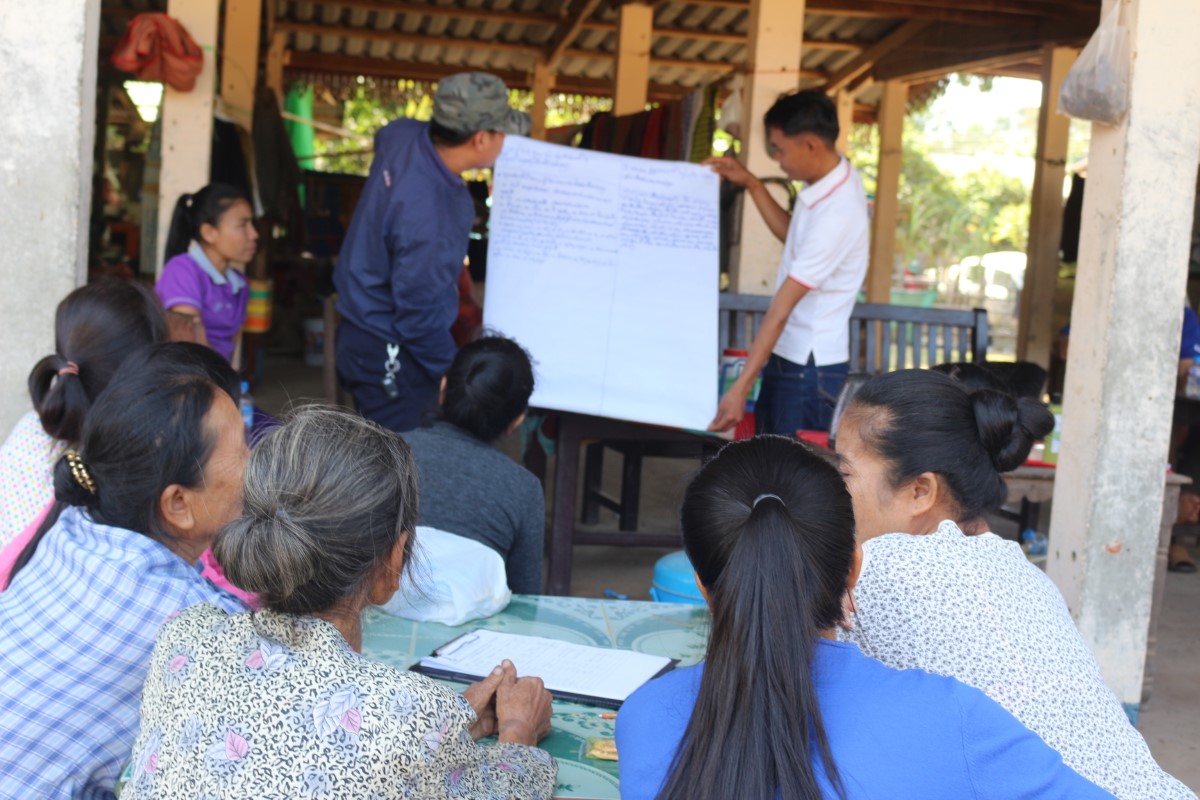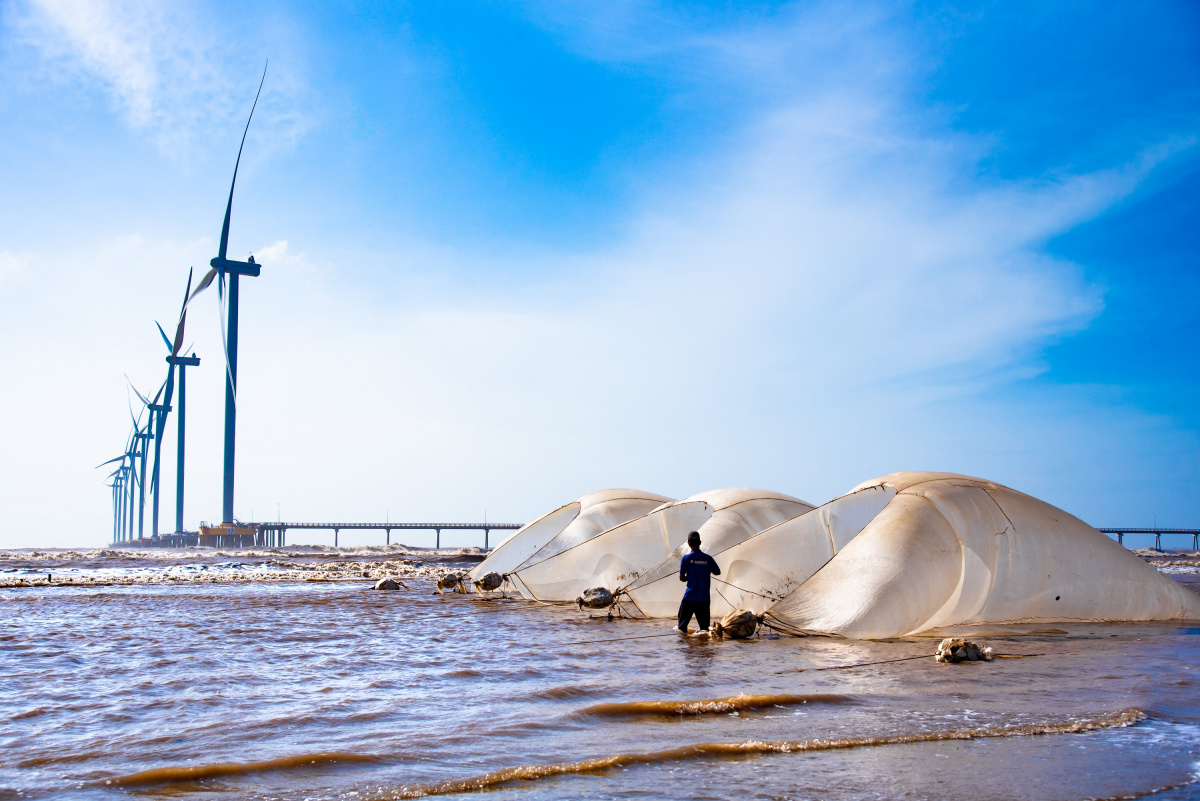Supporting alternative livelihoods for local communities, IUCN develops non-timber forest resource programme (NTFP) in Lao PDR
IUCN Lao PDR organised two field missions to the Xe Champhone Ramsar Wetland as part of the Global Environment Facility (GEF) – funded Climate Adaption in Wetlands Area Project (CAWA) to develop a Non-Timber Forest Resource Programmeme (NTFP) in 16 villages.
The field missions were organised to engage 16 local villages on an on-going basis, to determine the types of NTFPs that are most valuable to them, and which need to be enhanced by value-adding strategies. A rapid baseline survey was undertaken with all villages to identify opportunities and planning requirements. This enabled the teams to consult and develop priorities with the villages themselves and gain a wide scope of understanding. The NTFP programme, which would allow alternative income opportunities and improved resource management for the local communities in 16 villages in the Xe Champone Ramsar Wetland.
“An exciting part of the NTFP programme led by IUCN in Laos is that it does not focus on conventional NTFPs derived from fishing, livestock, and poultry or cropping, rather on increased use of native or invasive species to promote their harvesting or control their spreading. Golden apple snail, water hyacinth and mimosa pigra plants are the invasive species that impose serious threat to the wetland ecosystems of Laos and local communities residing in the wetlands that are strongly dependant on natural resources”, said Dr. Natalia Pervushina, Water and Wetlands programme advisor in IUCN Laos PDR.
The results from the field mission found that many NTFPs are integral to community livelihood. Bamboo and rattan shoots were noted as key NFPT products, due to their versatility to make many household products such as mats, boxes, and basic furniture. Second, the villagers expressed how lime trees, tamarinds and herbs are used widely in the production of soaps and shampoos, which can provide extra revenue streams. Golden apple snail, which is a quickly spreading invasive mollusk in the wetland, is widely used in local cuisine and loved by locals for its delicious taste.
These findings will be incorporated into the NTFP implementation programme for all 16 villages to create added value for the use of these raw materials to enable sustainable and prosperous growth alongside nature. NTFP’s and aquatic resources play an important role in the livelihoods of the rural poor, as a source of food, medicine, construction materials, and income. Access to forest resources helps rural households diversify their livelihood base and reduce their exposure to risk. Earnings from forest products are often important as a complement to other income. For the poorest households, NTFPs can play a critical role in providing both food and income.
The NTFP programme development process encompasses several stages, to include desktop research of available data on NTFP’s and aquatic resources’ use in Laos and Laotian wetlands and field missions and consultations to identify alternative resources species, products and ways of production that could be up scaled to support alternative livelihood for the local communities. The last stage is the development and implementation of the NTFP’s and aquatic resources use implementation plan for 16 villages in the Xe Champone wetland.
About NTFP- CAWA Project
NTFP programme development by IUCN Laos PDR is a part of CAWA project led by FAO in Laos PDR and the Ministry of Natural Resources and Environment (MONRE) with assistance from the Global Environment Facility (GEF). CAWA aims to help communities adapt to the impacts of climate change, and contribute to the sustainability of their livelihoods, by supporting the sustainable management of the Ramsar wetlands on which they depend. The project will use an ecosystem-based adaptation (EBA) approach, whereby the ability of the wetlands to buffer local peoples’ livelihoods against climate change impacts will be safeguarded through improved planning and governance conditions with a focus on creating lasting capacities among national stakeholders at all levels.
